A House Of Dynamite On Netflix
A House Of Dynamite On Netflix is not merely a film—it’s a cinematic reckoning that confronts the viewer with the terrifying plausibility of a nuclear crisis unfolding in real time. Directed by Kathryn Bigelow and written by Noah Oppenheim, this Netflix original has rapidly become one of the most critically dissected releases of the year. It’s not a spectacle of explosions or visual excess—it’s a psychological pressure cooker that asks what happens when the unimaginable becomes imminent. The film stars Idris Elba as the President of the United States, alongside Rebecca Ferguson, Jared Harris, and Gabriel Basso. Each actor delivers performances that are restrained, precise, and emotionally resonant. The film’s structure—three overlapping perspectives during the same 18-minute countdown—creates a layered narrative that rewards close attention. Every technical choice, from editing to sound design, serves the story’s tension. This is not escapism. It’s confrontation. It may be the most important film of the decade, not because of what it shows, but because of what it dares to imply.

Emotional Weight And Existential Undercurrent – Not A Popcorn Film, But A Film Of Understanding
A House of Dynamite is not designed for comfort. It’s not a popcorn film. There are no triumphant arcs, no cathartic resolutions, and no moments of cinematic relief. Instead, the film invites the viewer into a space of quiet dread and intellectual engagement. It’s a film of understanding—one that demands attention, reflection, and emotional honesty. The tension is not explosive—it’s internal. The helplessness is not dramatic—it’s ambient. As the countdown unfolds, the viewer is drawn into a system that feels both familiar and impenetrable. Decisions are made behind closed doors. Protocols override instinct. And the possibility of irreversible action looms over every scene. The film doesn’t scream its message—it whispers it. And in that whisper is a feeling that lingers: a tiny, persistent sense that even with all our systems, all our intelligence, and all our authority, we might still be powerless when it matters most. That feeling is not despair—it’s awareness. And awareness is the film’s gift. It doesn’t entertain. It enlightens. And that enlightenment comes with weight.
The Banality Of Power And The Fragility Of Routine – How Ordinary Becomes Catastrophic
One of the most unsettling aspects of A House of Dynamite is how ordinary it all feels. The film doesn’t open with chaos—it opens with routine. Coffee cups, briefings, hallway chatter. Government officials arriving at work, checking schedules, reviewing protocols. The lighting is flat, the rooms are familiar, and the pace is procedural. It feels like any other day. And then, without warning, everything shifts. A single alert. A single anomaly. And suddenly, the machinery of government is no longer routine—it’s reactive. The film captures this transition with chilling precision. There’s no dramatic music cue, no visual rupture. Just a slow tightening of breath, a change in posture, a silence that spreads. This is how real crises begin—not with spectacle, but with subtlety. The film reminds us that the systems we trust are operated by people who, moments earlier, were just doing their jobs. It’s a portrait of how quickly the ordinary can become existential. And in that shift lies the film’s quiet terror. It doesn’t scream that the world is ending. It whispers that it might—and that no one will see it coming until it’s already begun.
Editing And Structure – Precision Under Pressure
The editing in A House of Dynamite is a masterclass in controlled pacing and narrative discipline. The film unfolds in near real-time, tracking the same nuclear threat from three institutional viewpoints: the White House Situation Room, Strategic Command, and the President’s private quarters. Each segment builds on the last, revealing new emotional stakes and political dilemmas. Transitions between chapters are seamless, with visual motifs and audio cues anchoring the viewer. The rhythm is tight, never rushed, and never indulgent. There are no wasted frames. The film’s restraint is its strength, allowing tension to accumulate naturally. Flashbacks are avoided, exposition is minimal, and the audience is trusted to keep up. This editorial discipline amplifies the film’s realism. It’s not just well edited—it’s perfectly edited. The tension is not manufactured—it’s earned. The structure mirrors the chaos of decision-making under pressure, and the result is a film that feels both immediate and timeless.
Cast And Performance – Controlled Emotion And Gravitas
Idris Elba leads with quiet authority, portraying a president caught between protocol and conscience. His performance is grounded, never theatrical, and his emotional restraint adds weight to every decision. Rebecca Ferguson, as a senior intelligence officer, brings urgency and vulnerability to a role that could have been purely functional. Jared Harris and Gabriel Basso offer contrasting energies—one cerebral, one reactive—that reflect the institutional chaos. Tracy Letts adds gravitas as a military advisor whose stoicism masks deep unease. The ensemble works in harmony, with no weak links or overplayed moments. Dialogue is delivered with clarity and conviction, and the chemistry between characters feels lived-in. There are no grand speeches or melodramatic breakdowns. Just people trying to make impossible choices. The cast does its job perfectly. Their performances are not designed to impress—they’re designed to immerse. Every glance, pause, and hesitation contributes to the film’s emotional architecture.
Tone And Atmosphere – A Thinking Movie With Real-World Dread
This is not a flashy movie. It’s a thinking movie. The horror lies not in what is shown, but in what is implied. The idea that a nuclear missile could be launched without attribution—and that the system might fail to respond ethically—is terrifying. The film’s tone is sober, clinical, and emotionally restrained. There are no jump scares, no dramatic music swells, and no visual excess. Instead, the dread builds through silence, stillness, and the ticking clock. The atmosphere is thick with uncertainty, and every decision feels consequential. It’s a film that is slow in justification that lingers in the mind long after the credits roll. The fear is not of monsters or villains—it’s of systems, protocols, and human error. It’s scary because it could happen. The film’s realism is not just technical—it’s emotional. It forces the viewer to imagine themselves in the room, making the call, facing the consequences.

Set Design And Spatial Symbolism – Architecture Of Anxiety
The set design in A House of Dynamite is a study in psychological architecture. Each space—whether the President’s private quarters, the Situation Room, or the underground command center—is constructed not just for realism, but for emotional resonance. The White House interiors are rendered with stark minimalism: clean lines, muted tones, and an absence of personal artifacts. This visual austerity reflects the emotional detachment of power. The Situation Room is claustrophobic, with low ceilings, harsh lighting, and screens that dominate the walls—an environment built for surveillance, not reflection. Strategic Command, by contrast, is cavernous and sterile, evoking the cold logic of military protocol. The film avoids ornate set dressing or historical nostalgia. Instead, it leans into functional realism, using space to mirror psychological states. Doors remain closed, corridors are narrow, and windows are rare. The absence of natural light reinforces the sense of isolation. Every room feels like a bunker. Every hallway feels like a trap. The sets don’t just contain the story—they shape it.
Sound And Visuals – Clarity Without Distraction
The sound design is immaculate. Every word is clear, every ambient detail purposeful. There’s no muddiness, no overmixing, and no intrusive score. Dialogue is prioritized, allowing the viewer to stay locked into the unfolding crisis. The picture is sharp, but not stylized. Lighting is naturalistic, framing is functional, and color grading is muted. This is not a film that tries to impress visually—it tries to immerse. The cinematography supports the story without drawing attention to itself. There are no sweeping drone shots or elaborate tracking sequences. Just tight framing, steady cuts, and a commitment to realism. It’s not groundbreaking visually, but it doesn’t need to be. The clarity serves the tension. The technical choices are invisible, and that invisibility is a triumph. The film trusts its content to carry the weight, and it does.
Narrative Depth – A Story That Could Have Been Longer
The storyline is well structured, but some viewers may wish for more elaboration. Certain character arcs and institutional dynamics could have benefited from additional scenes. However, extending the runtime might have diluted the film’s intensity. The decision to keep the narrative tight preserves its momentum. The ambiguity surrounding the missile’s origin is deliberate, forcing the audience to focus on response rather than blame. This choice enhances the thematic weight. The film is not about who launched the missile—it’s about how we respond. Still, a few more minutes could have clarified motivations and added emotional texture. It’s a trade-off between depth and pace. And the film chooses pace. The restraint is not a flaw—it’s a statement. The film refuses to explain everything, and in doing so, it respects the viewer’s intelligence.
Evolution Of Directorial Voice – A Departure From Bigelow’s Kinetic Realism
Kathryn Bigelow’s body of work is defined by kinetic realism, immersive tension, and a visceral engagement with conflict. From the urban warfare of The Hurt Locker to the procedural hunt in Zero Dark Thirty, her films often place characters in high-stakes environments where adrenaline and ideology collide. A House of Dynamite marks a distinct shift. It abandons the physicality of combat zones for the psychological claustrophobia of institutional decision-making. There are no field operations, no chase sequences, no battlefield cinematography. Instead, the tension is internal—rooted in protocol, silence, and moral paralysis. The camera is still. The action is verbal. The violence is potential, not kinetic. This film trades Bigelow’s usual external chaos for internal dread. It’s quieter, colder, and more cerebral. Yet her directorial fingerprint remains: the precision, the urgency, the refusal to sentimentalize. A House of Dynamite is not a continuation—it’s a reinvention. And in that reinvention, Bigelow proves that her mastery of tension transcends genre, setting, and expectation.
Symbolism And Balance – Subtle But Effective
Symbolism is present but never overbearing. The repeated use of clocks, screens, and confined spaces reinforces the themes of time, surveillance, and entrapment. The President’s isolation mirrors the isolation of power. The lack of external context—no scenes of civilians, no news broadcasts—focuses the narrative on decision-makers. This symbolic framing critiques the detachment of leadership from consequence. Yet the film avoids heavy-handed metaphors. There are no dream sequences, no allegorical monologues, and no visual flourishes that distract. The symbolism is kept at a correct level. It’s a balanced film, both emotionally and thematically. It respects the viewer’s intelligence. The symbols are not puzzles—they’re reflections. They deepen the story without distorting it. The film’s balance is its integrity. It never tips into spectacle, sentimentality, or cynicism.
Trailer Impact – A Masterpiece Of Tease And Tone
The trailer for A House of Dynamite is arguably the best of the year. It captures the film’s tone without spoiling its structure. The pacing is deliberate, the music restrained, and the imagery haunting. It teases the premise without revealing the twist. The voiceover is minimal, allowing the visuals to speak. The trailer’s final shot—a countdown clock and a silent room—perfectly encapsulates the film’s dread. It’s a rare example of marketing that enhances rather than diminishes the viewing experience. The trailer sets expectations accurately. And it delivers. It’s not just a preview—it’s a promise. And the film keeps that promise. The trailer is not a highlight reel—it’s a mood piece. It invites the viewer into the world of the film, and once inside, they won’t want to leave.
Comparative Table – Key Attributes Of The Film
| Attribute | Description |
|---|---|
| Director | Kathryn Bigelow |
| Writer | Noah Oppenheim |
| Lead Actor | Idris Elba |
| Runtime | 112 minutes |
| Genre | Political Thriller |
| Structure | Three overlapping perspectives during an 18-minute countdown |
| Sound Design | Clear, restrained, immersive |
| Editing Style | Real-time pacing, minimal exposition |
| Symbolism Level | Subtle, thematic, never overbearing |
| Trailer Reception | Widely praised as the best of the year |
Narrative Interweaving And Cognitive Duality – Simple To Follow, Impossible To Escape
The storytelling in A House of Dynamite achieves a rare duality: it is both easy to follow and perpetually complex. The film’s structure—three overlapping perspectives during the same 18-minute countdown—creates a narrative braid that is clear in its chronology but dense in its implications. Each thread reveals new information, emotional stakes, and institutional blind spots. The viewer is never lost, but never fully comfortable. The clarity comes from tight editing, consistent visual cues, and restrained dialogue. The complexity comes from moral ambiguity, shifting loyalties, and the absence of exposition. The film doesn’t explain—it reveals. And what it reveals is unsettling. The interwoven structure mirrors the interconnectedness of power, protocol, and panic. It’s a story that unfolds like a puzzle, but one where every piece fits and still leaves you questioning the picture. The simplicity is architectural. The complexity is emotional. And both are intentional.
Speculative Realism And Emotional Plausibility – I Don’t Know If It’s Real, But It Feels True
Watching A House of Dynamite, one question lingers: could this actually happen? The film never claims realism in the documentary sense, but it achieves something more haunting—emotional plausibility. The scenario—a nuclear missile launched without attribution, and a government scrambling to respond—is terrifyingly conceivable. The systems depicted are real. The protocols are based on actual military doctrine. The human reactions—hesitation, fear, denial—are painfully authentic. Yet the film avoids claiming factual accuracy. It doesn’t need to. Its power lies in suggestion. The viewer is left wondering not just “Is this real?” but “What would I do?” That shift—from passive observation to active reflection—is the film’s triumph. It doesn’t offer answers. It offers questions. And those questions linger. Whether or not the events could unfold exactly as shown is beside the point. The emotional truth is undeniable. It makes you think. No matter what.
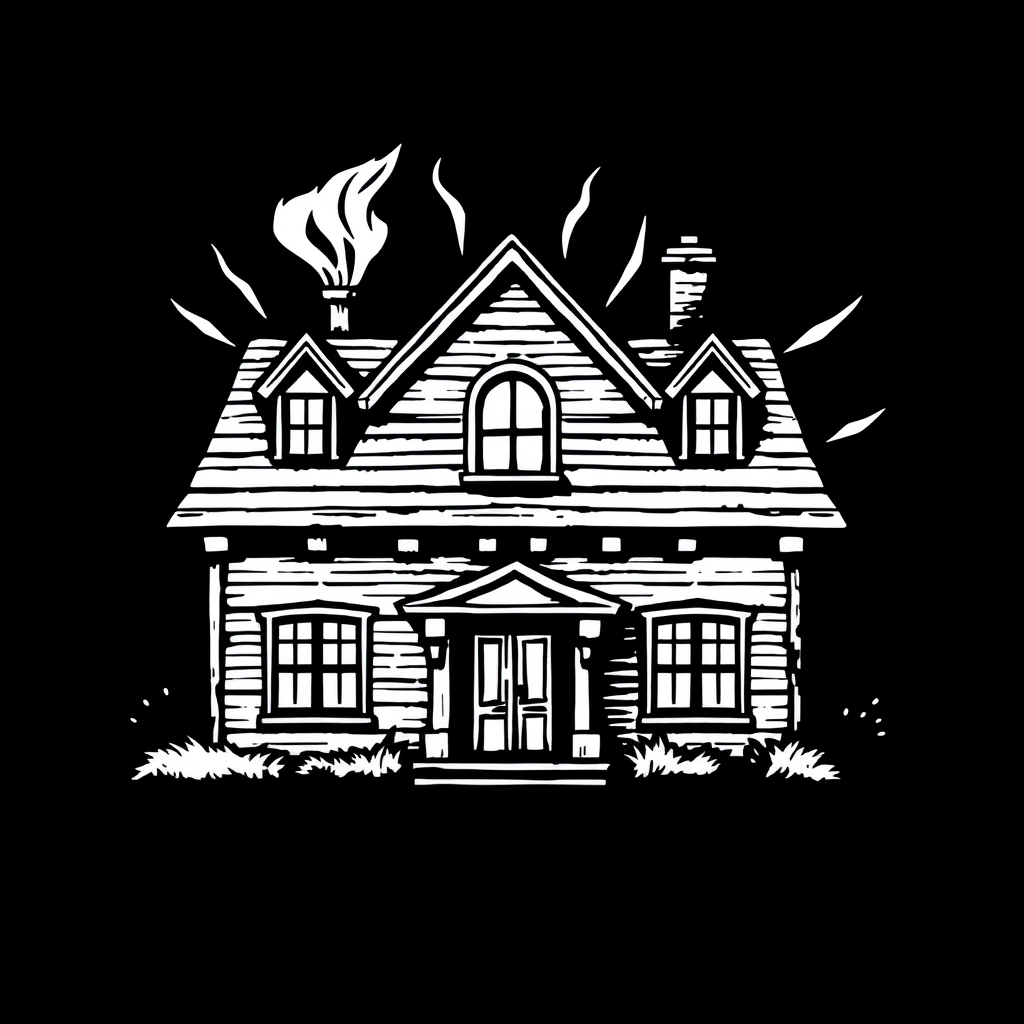
Moral Clarity Without Preaching – A Pointed Film That Remains Respectful
A House of Dynamite walks a razor-thin line between urgency and restraint. It is a pointed film—unapologetically so. It critiques systems of power, exposes institutional fragility, and questions the ethics of deterrence. But it does so without moral grandstanding or ideological aggression. The film respects its audience enough to pose questions rather than deliver answers. It respects its characters enough to show their flaws without vilifying them. And it respects its subject matter—nuclear escalation, executive authority, and institutional paralysis—by treating it with gravity, not spectacle. The script avoids slogans. The direction avoids manipulation. The message is clear, but never shouted. It’s a film that makes a statement by showing, not telling. And what it shows is chilling. The respect is in the realism. The power is in the restraint. It’s not neutral—but it’s not hostile. It’s principled. And that makes it unforgettable.
Conclusion – A Film That Demands Reflection
A House of Dynamite is not entertainment. It’s a warning. It asks hard questions about leadership, systems, and the fragility of peace. It’s a film that rewards attention, provokes thought, and refuses easy answers. In a year of cinematic excess, it stands out for its restraint. It may not be the loudest film of the decade—but it might be the most important. It’s not a film you watch—it’s a film you reckon with. And once you’ve seen it, you’ll never look at the world the same way again.
Join The Discussion
Have you watched A House of Dynamite? What did you think of its structure, tone, and message? Share your thoughts and interpretations. Let’s talk about what this film means—and what it warns us about.
#HouseOfDynamite #NetflixThriller #KathrynBigelow #IdrisElba #PoliticalCinema #NuclearDrama #BestFilm2025 #RealTimeThriller #SymbolicStorytelling #CinematicWarning
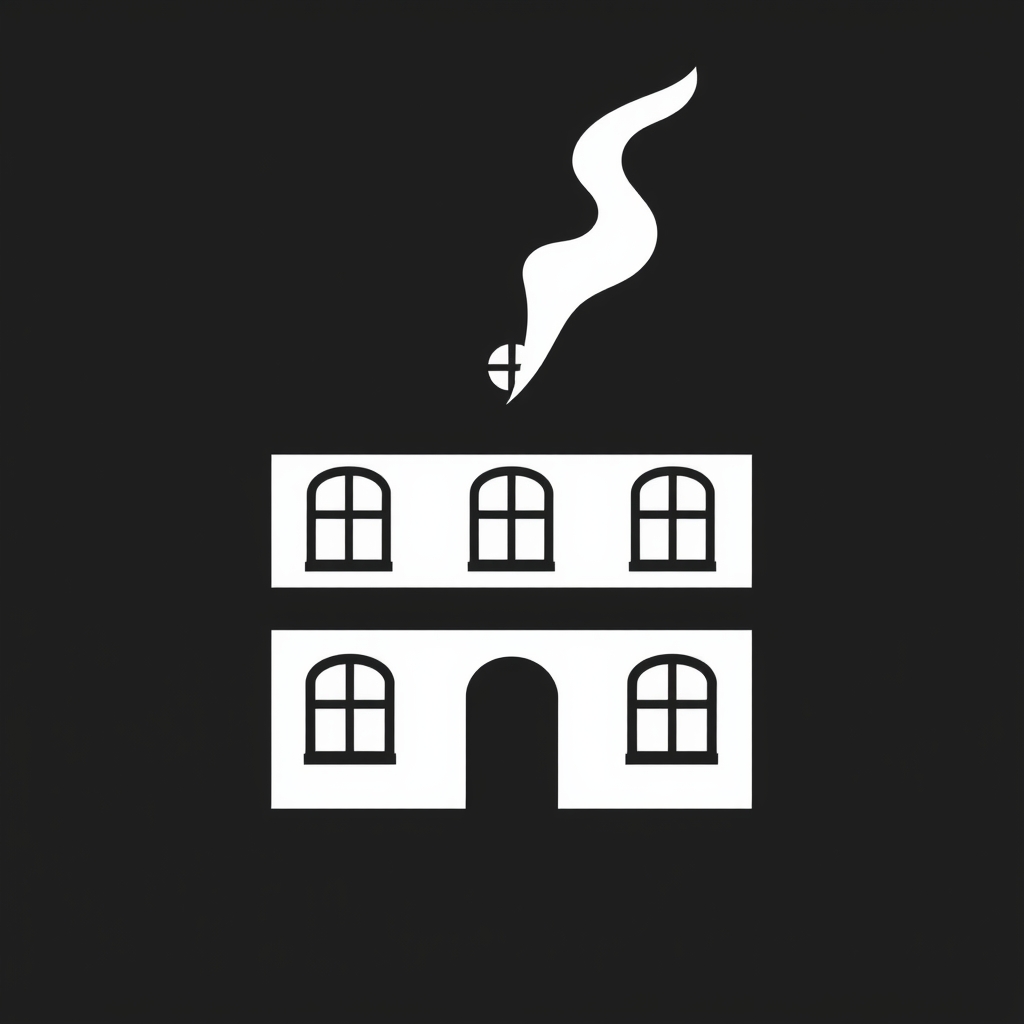

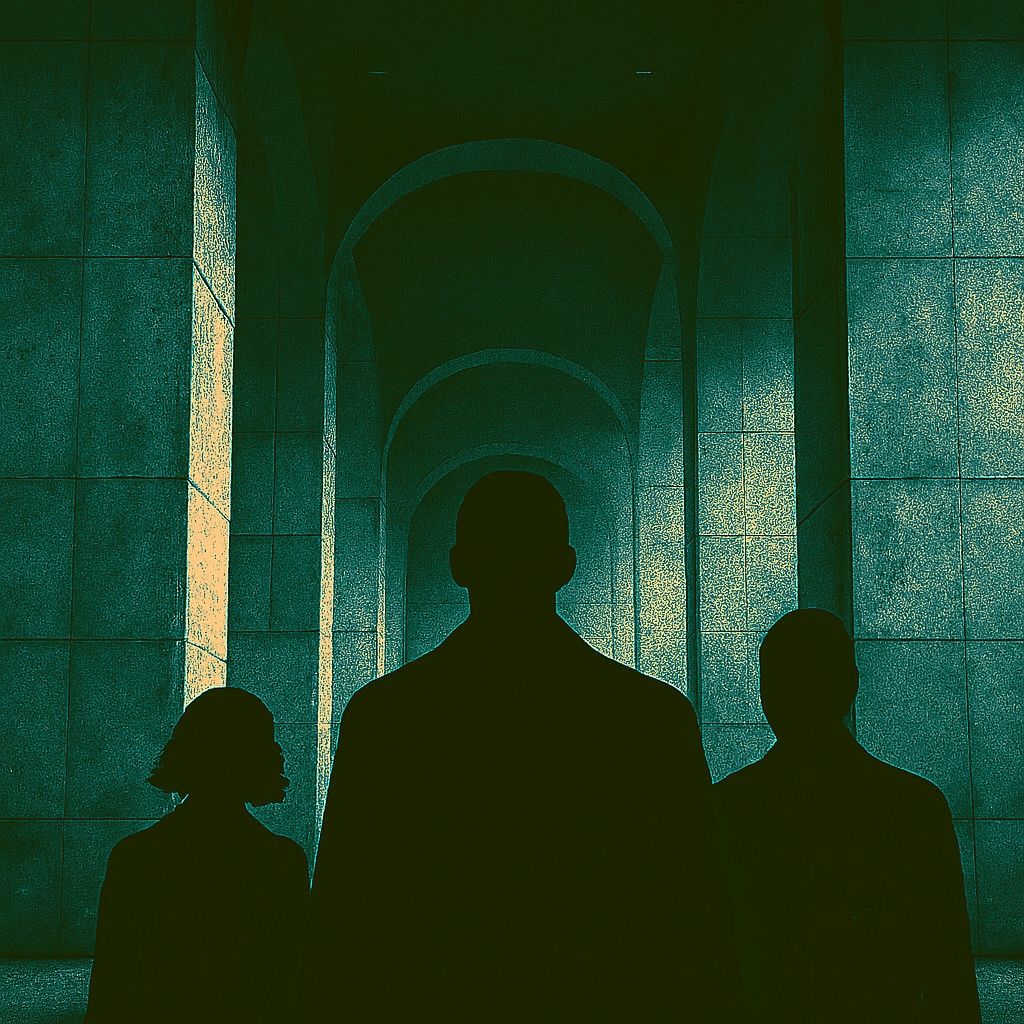

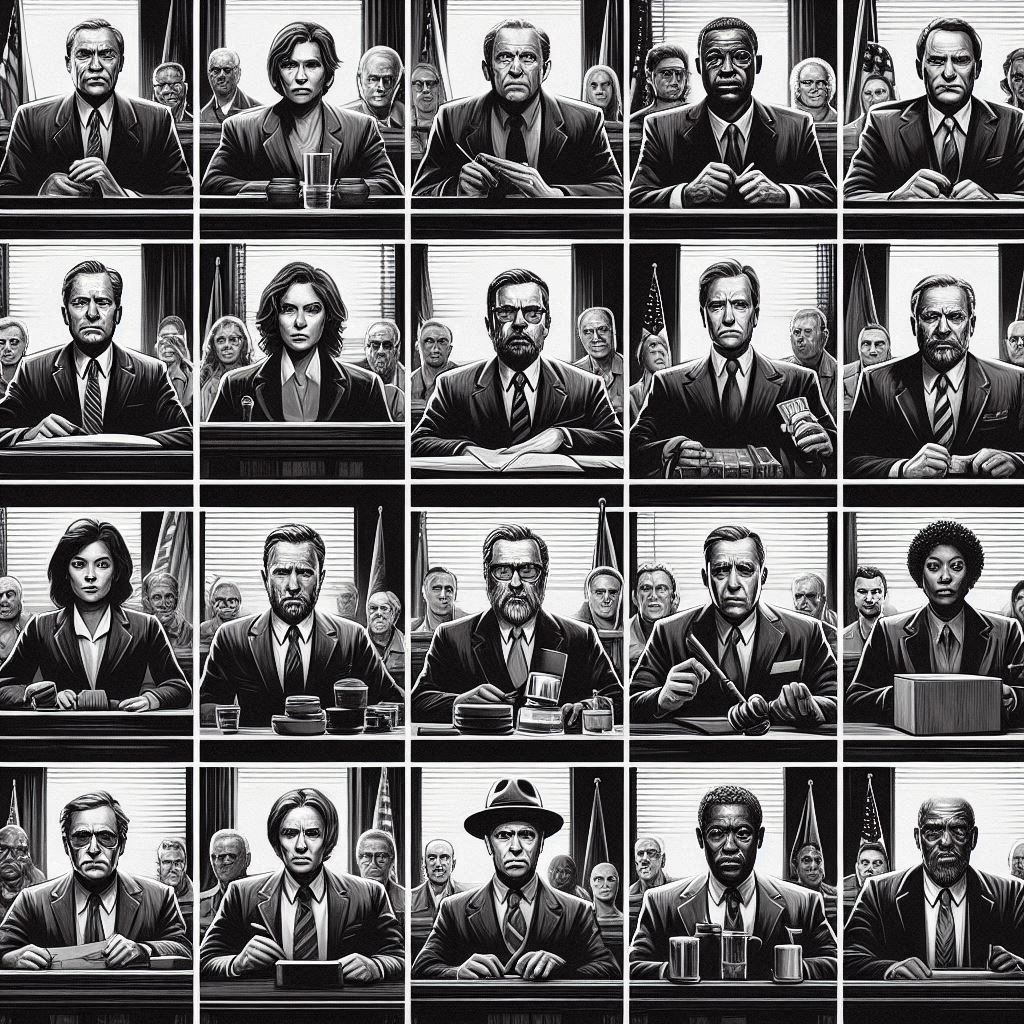


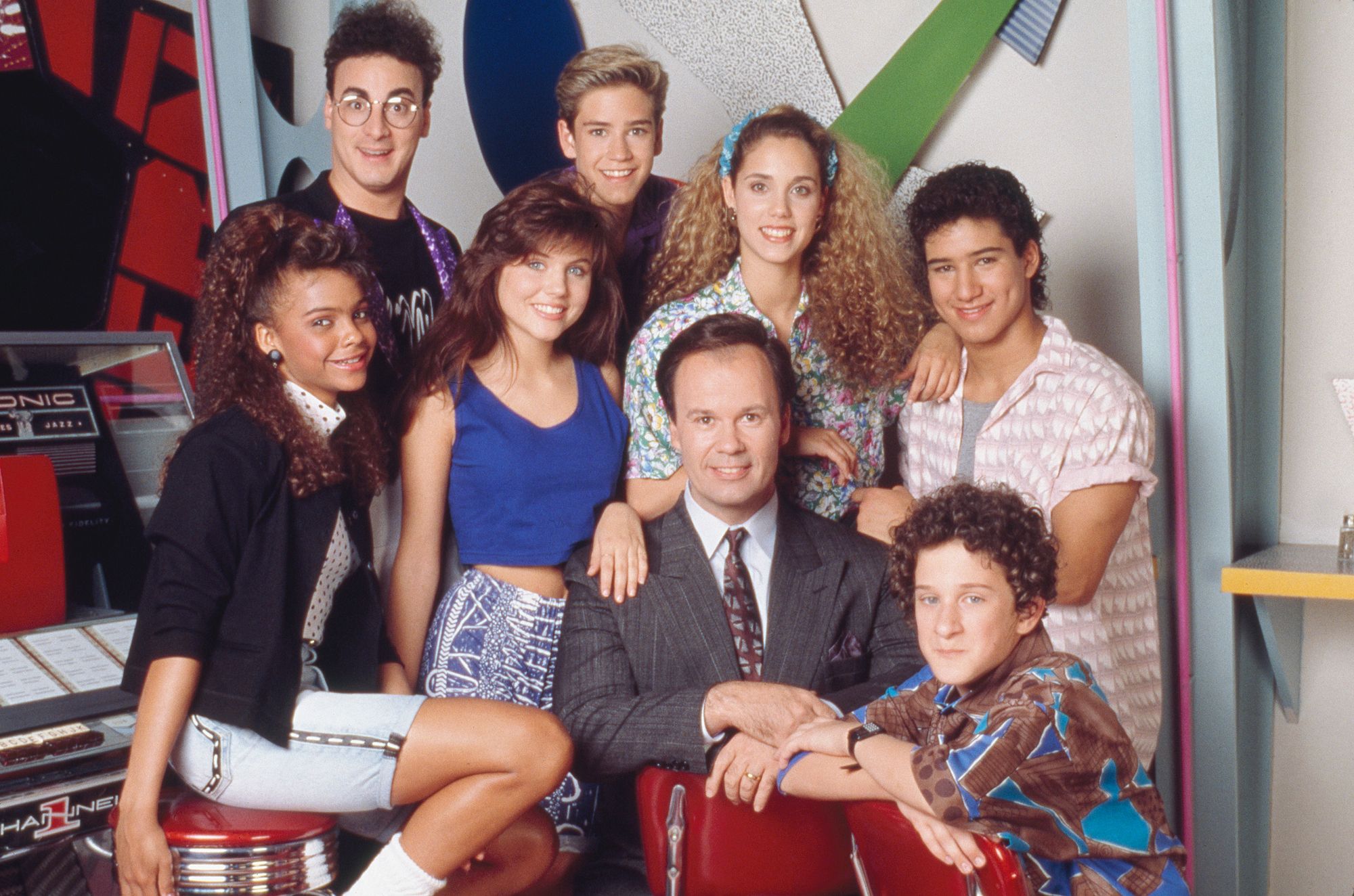




Strong Captain Versus Coach - What Happens When Power Shift
[…] Captains who lead with empathy can unify teams. But they must balance compassion with accountability. […]